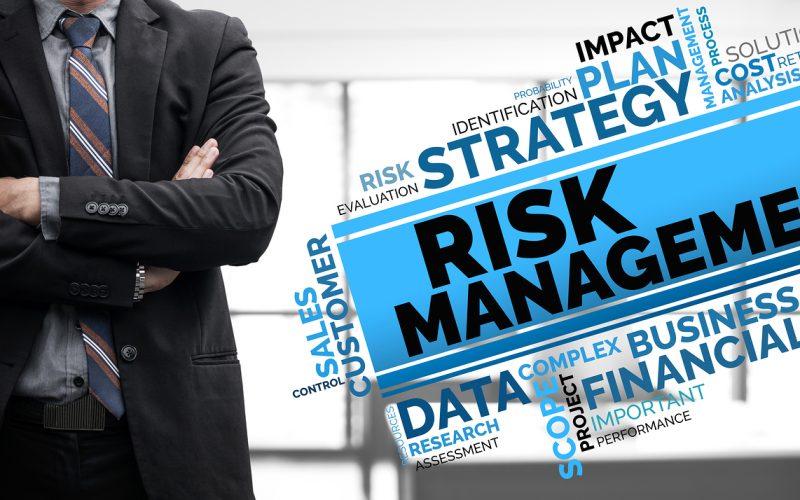
September 27, 2021
Almost all businesses need to take risks to sustain themselves in this competitive world. However, these risks require to be managed well to reduce their impact. If you fail to do it correctly, then you tend to confront more hassles and troubles. Due to these reasons, every business requires risk management and risk treatment. Having the right risk management plan in your hands helps you to achieve your business goals easily.
Advantages of risk management
Risk management is a vital discipline across companies. It is a vital part of project management. Recently, many companies have started to realize the advantages of having effective risk treatment plans. You will get both long-term and short-term benefits for implementing the systematic risk management plan. In the following section, you will get to know about everything.
- Risk management and treatment is not a single time activity. Constant risk monitoring and review of the plan ensure a successful business strategy. It helps you to learn lessons for the best risk management strategies in the upcoming years.
- It helps you become aware of the significant risks, and thus, you will avoid the hassles of complete failure. Identifying the potential risks helps you to find the best solution.
- The defensive approach to the threats and risks in the project via risk management. It results in comprehensive cost savings and prevents wastage of effort and time.
- It helps you to discover the opportunities and prepare well for them. So, you will grab all the major benefits.
- Accept
- Transfer
- Mitigate
- Avoid





